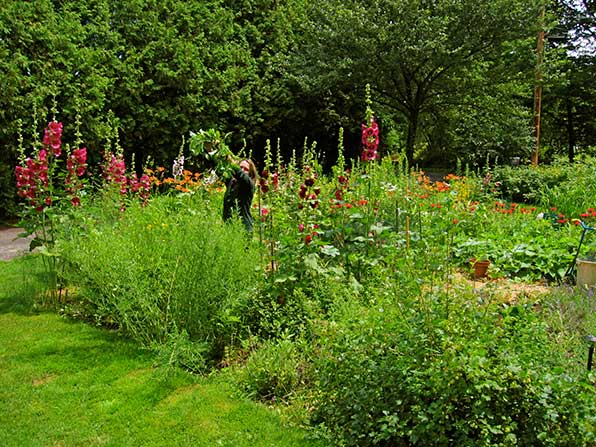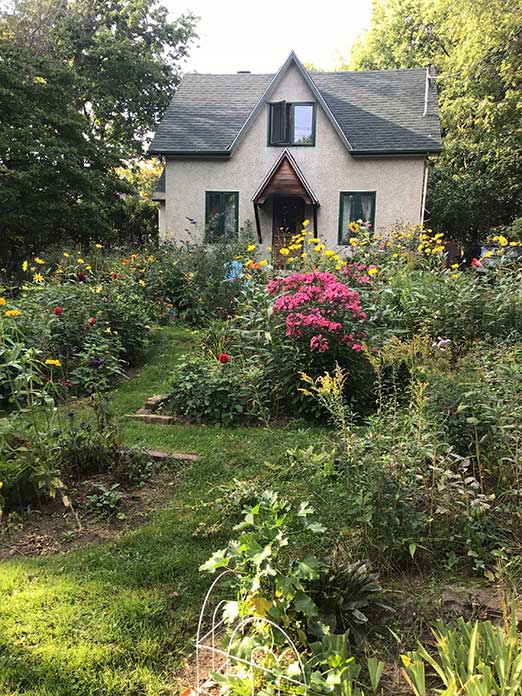A homeowner has replaced the turf in front of her home with a vibrant cottage garden.
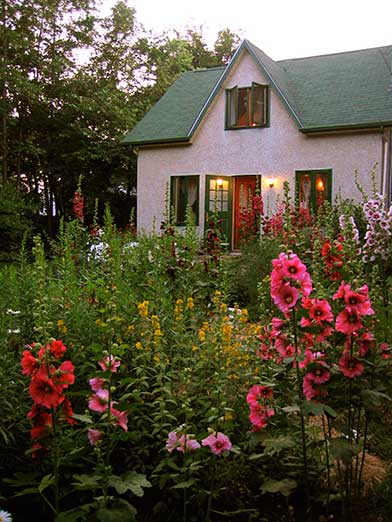
Few horticultural installations say “suburbia” quite as obviously as lawns. If you buy a house in the ’burbs, it’s a safe bet that it’ll be surrounded by a lawn. However, a growing awareness in recent decades of the impracticality of maintaining lawns—which are monocultures—has spurred some suburbanites to replace their lawns with other plantings.
A case in point is the lovely English cottage garden that Janette Haggar maintains in front of her Senneville home, which was built in 1897. The front yard is a sea of perennials and annuals, bisected by turf paths. There are fruit trees and flowering shrubs, and a general sense of quiet beauty.
“When we bought the house in 1983, it was quite neglected,” Ms. Haggar recalls. “The front yard was covered in tall grass, and in the back, there was only a thin layer of soil and brambles. We needed a machete to get through it.”
It took three years of renovations to make the house habitable, but once Ms. Haggar and her partner were living in it, the gardens were begun. “The first thing we did was plant fruit trees so we’d have fruit,” Ms. Haggar says. “We put in cherry, pear and apple trees. Then, we had a small vegetable patch. And from there, it started to grow and grow.”
Because the soil quality behind the house would not sustain plantings, the front yard became the focus for the cultivation of everything from fruit and vegetables to perennials and annuals. Here, a magnolia overhangs perennial borders, which host such flowering plants as hollyhocks, echinacea, pulmonaria, tradescantia, lavender, buddleia, rudbeckia, dahlias, irises, mallows, astilbes, heliopsis and lupins, among many others.
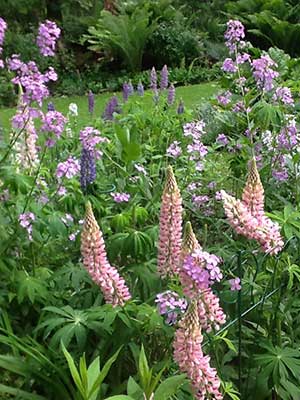
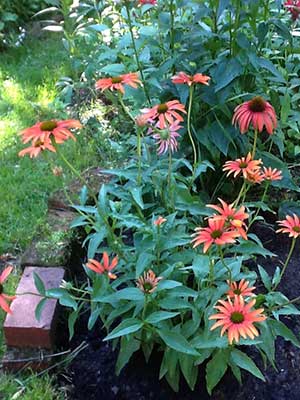
“We started with the vegetable garden, but once I had flowers, I just kept expanding and expanding it,” Ms. Haggar says.
There is the occasional disappointment: “I had 100 dahlia tubers, which I plant wherever there’s a hole among the flowers,” she says. “This spring, a rabbit ate them.”
And there are triumphs: “We get many bees, butterflies and humming birds,” she adds.
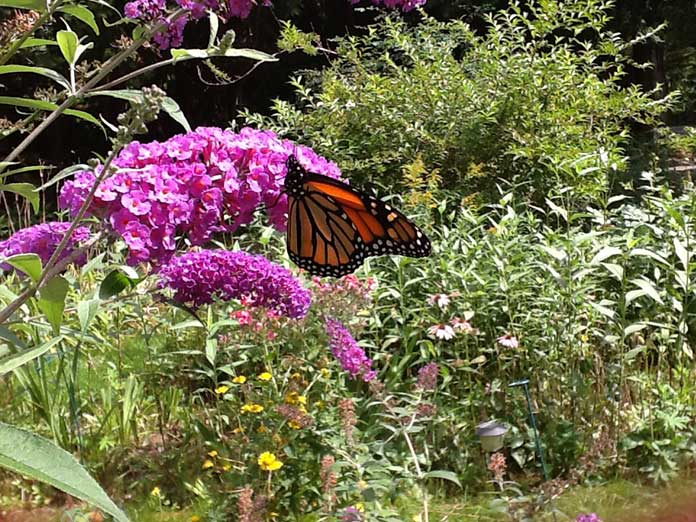
Because this is a cottage garden, many plants that spring up as volunteers are permitted to stay. “If it’s growing here, I let it grow,” Ms. Haggar says.
Some 12 ash trees have succumbed to the emerald ash borer and will have to be removed from the property; their removal will result in more light and more gardens.
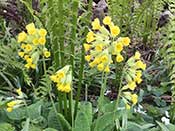
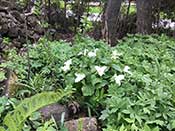
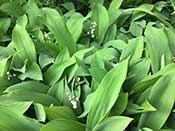
Meanwhile, Ms. Haggar, who recently retired from teaching at Concordia University, spends many hours in the front yard, where she receives compliments about the garden from passersby. “People tell me I’m lucky,” she says. “I am. I pinch myself and I feel so blessed. I feel as if I am the guardian of this property.”
